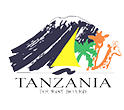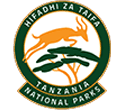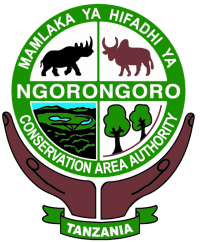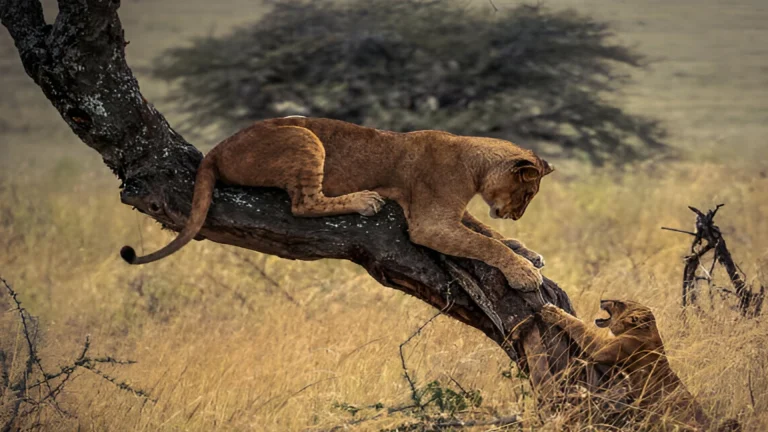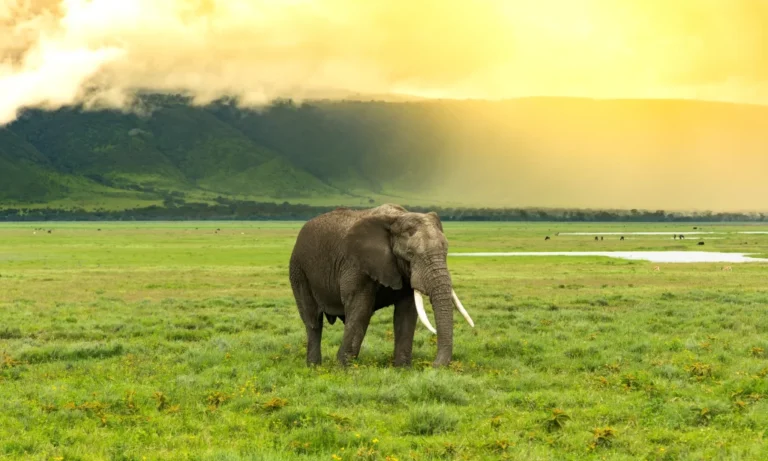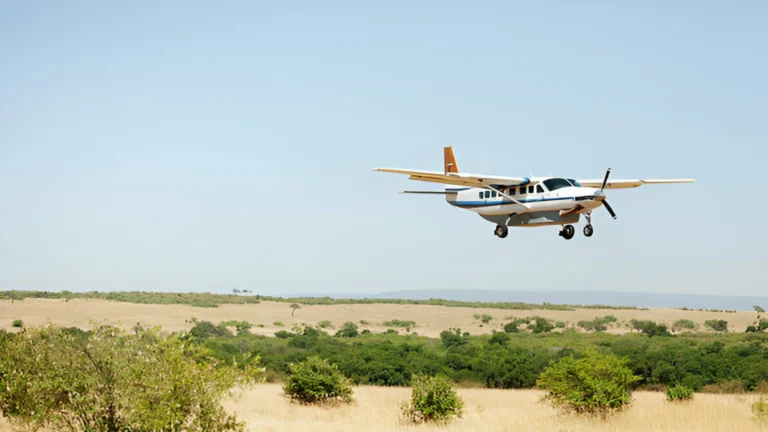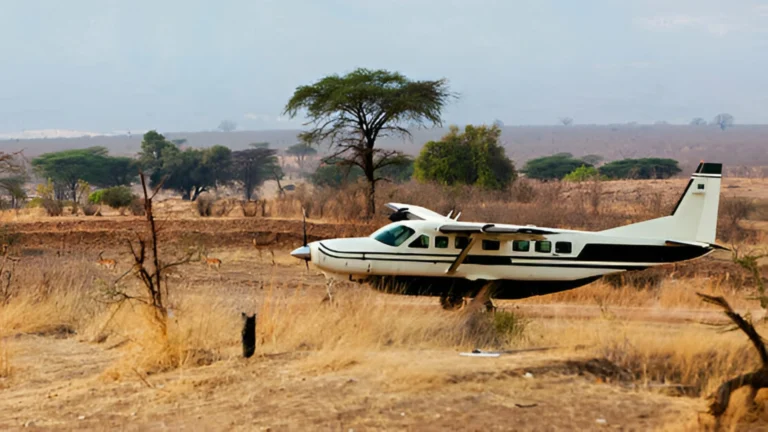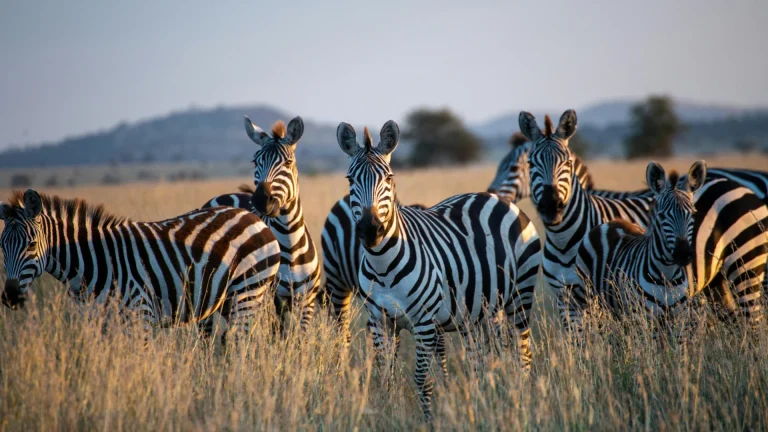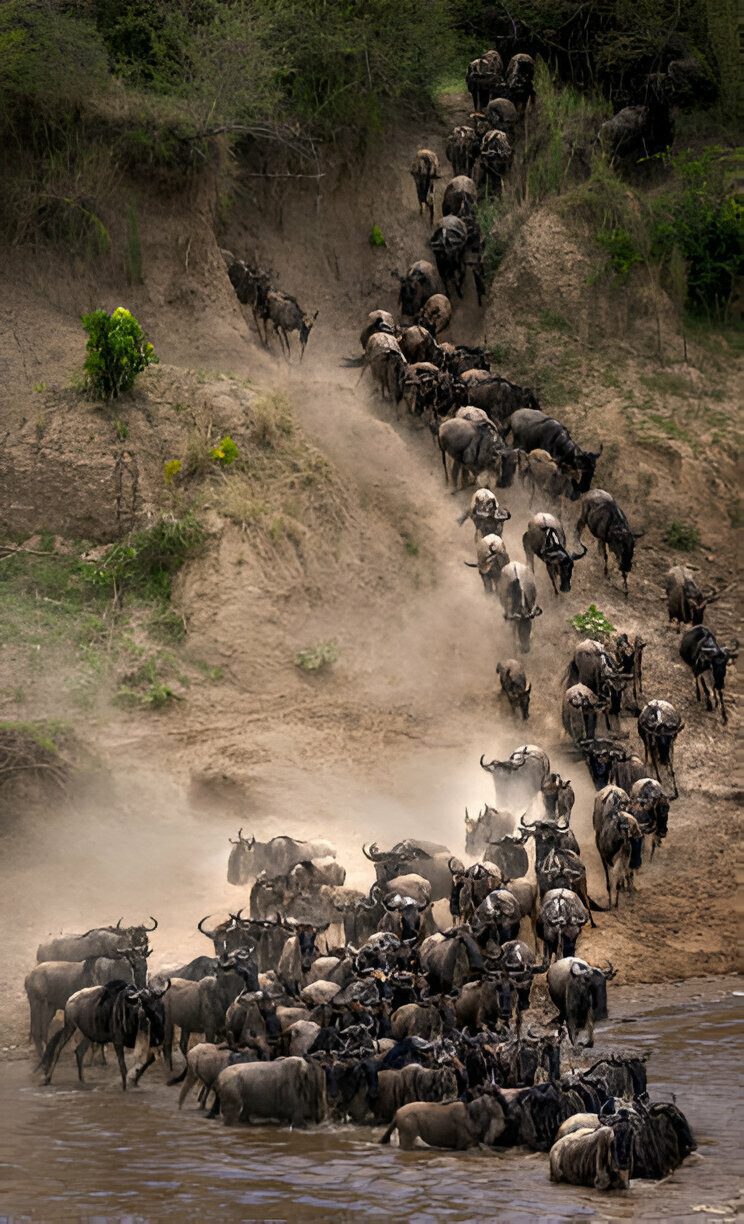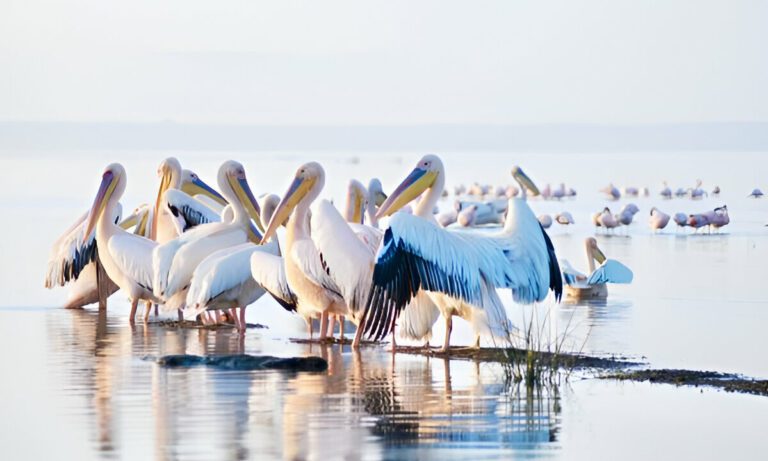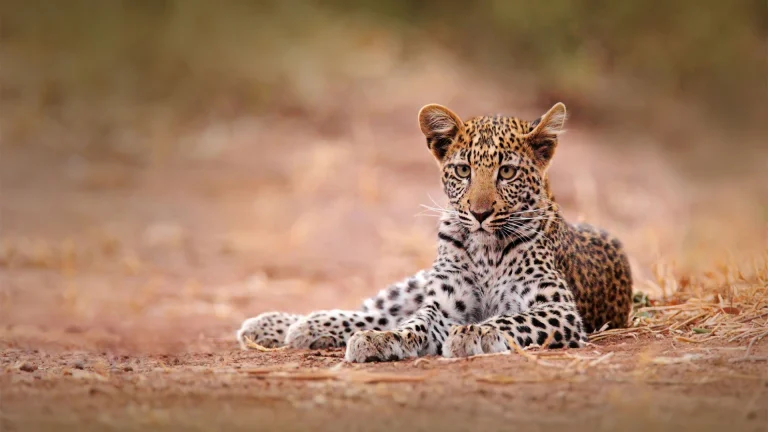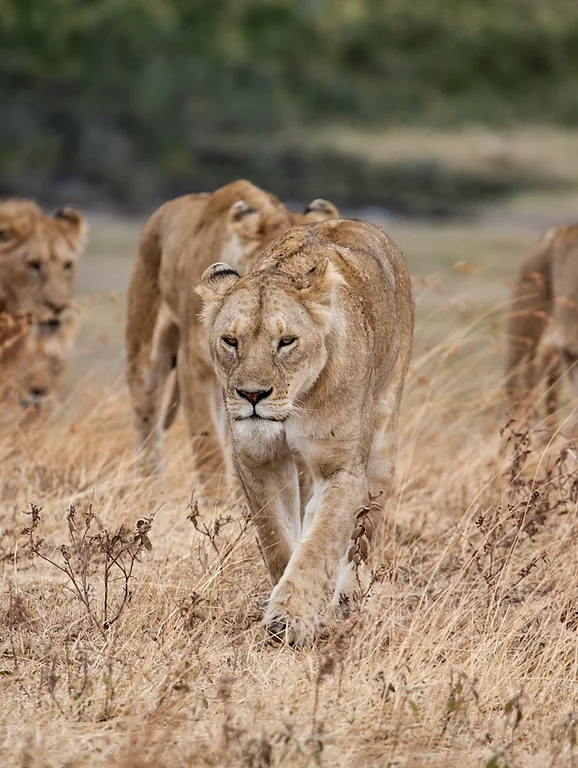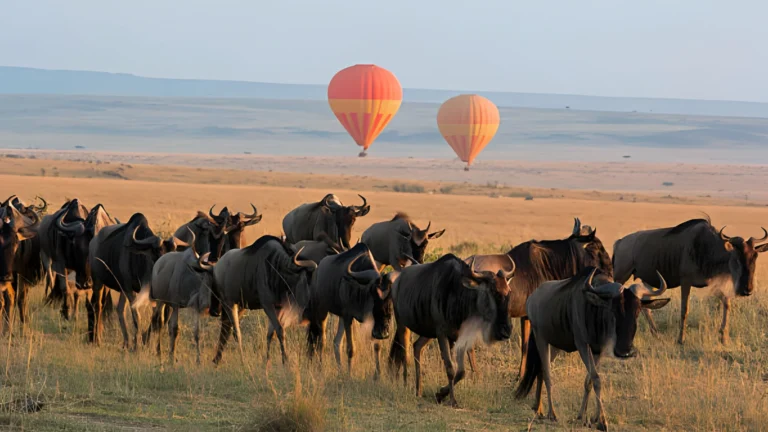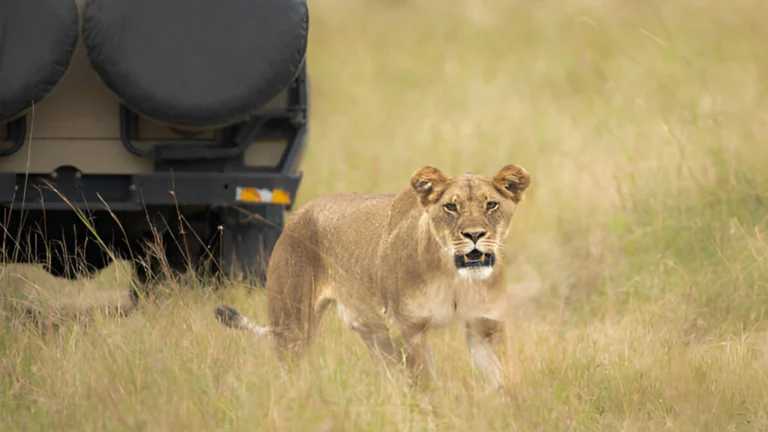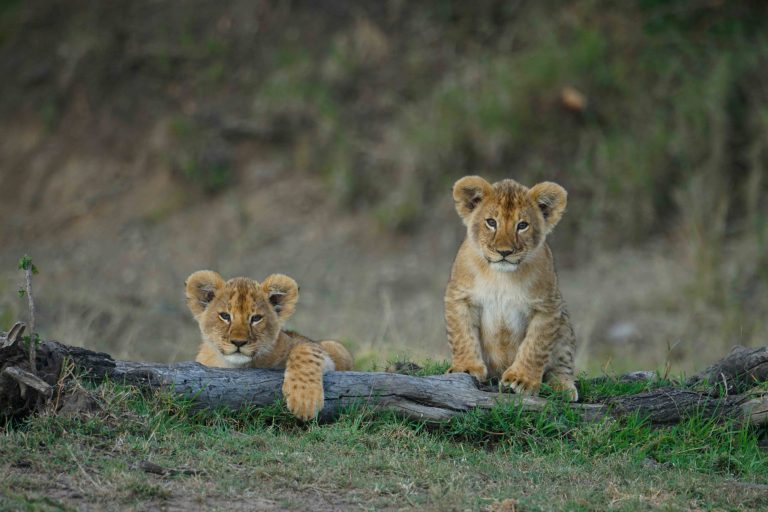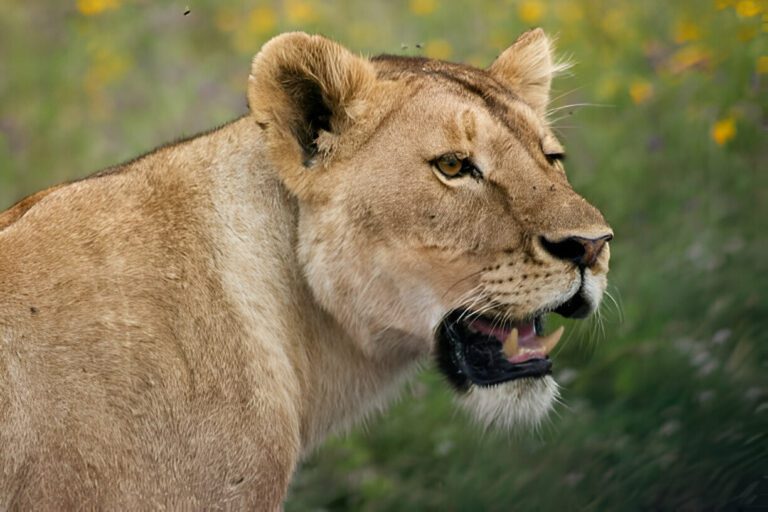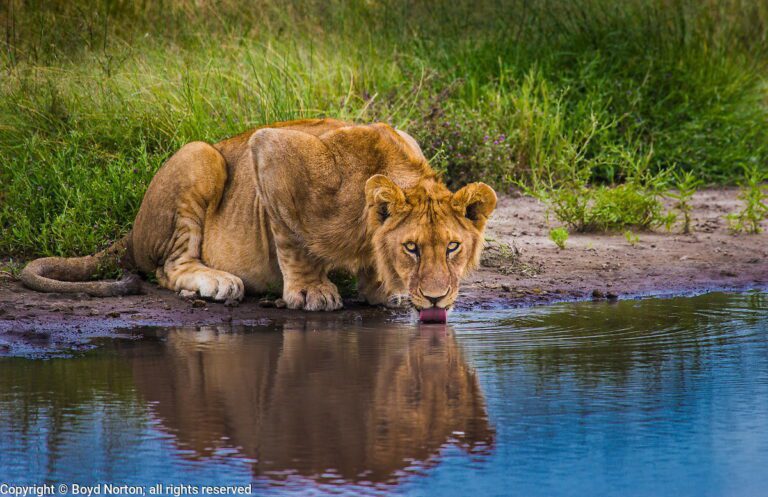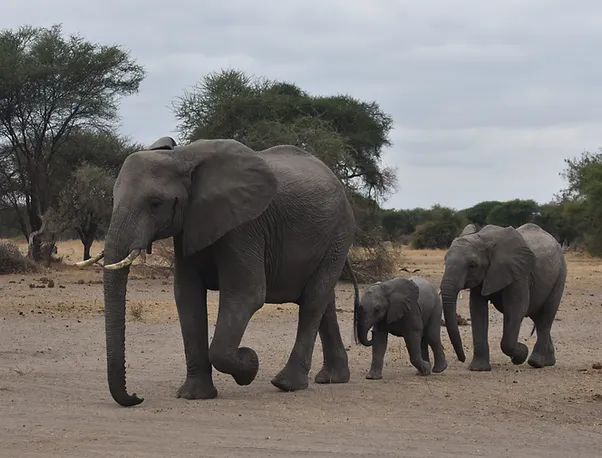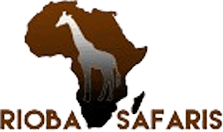RIOBA SAFARIS - TANZANIA TRAVEL GUIDE
WHAT YOU NEED TO KNOW
Exploring all that Tanzania has to offer is a dream for many. From epic safari adventures spotting Africa’s Big Five in iconic parks like Serengeti and Ngorongoro Crater to relaxing on the paradise beaches of Zanzibar, Tanzania offers a perfect blend of adventure and relaxation. For a truly personalized experience, Tanzania Specialist creates custom Africa travel itineraries tailored to every detail, ensuring an unforgettable journey.
1: BY FLIGHTS
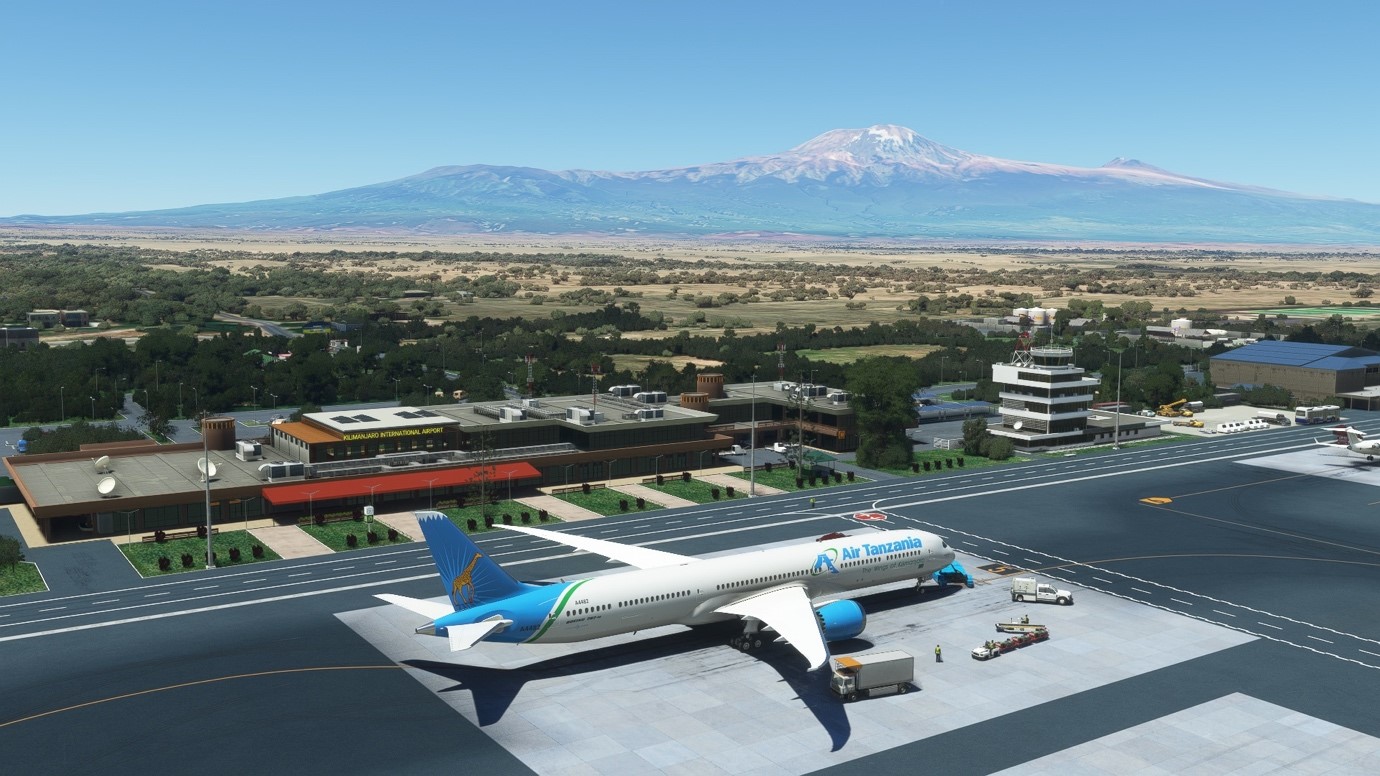
i) International Flights
Most visitors to Tanzania fly into the country from major international hubs in Europe, the Middle East, and Africa. Tanzania is well-connected with regular flights from cities like Amsterdam, London, Frankfurt, Istanbul, Doha, and Dubai. There are also flights from other African countries such as Kenya, South Africa, and Ethiopia.
a. Major International Airports in Tanzania
Tanzania has three main international airports that serve as gateways for safari travelers:
Kilimanjaro International Airport (JRO)
- Location: Near Arusha, in the northern part of Tanzania.
- Best For: Travelers heading to the Northern Circuit safaris (Serengeti, Ngorongoro Crater, Tarangire, Arusha National Park, Lake Manyara, Mt. Kilimanjaro, and Mkomazi National Park).
- International Connections: Flights from Amsterdam (KLM), Doha (Qatar Airways), Istanbul (Turkish Airlines), and various African carriers like Kenya Airways and Ethiopian Airlines.
- Proximity to Safari Regions: Arusha is about a 1-hour drive from the airport. Tarangire, Lake Manyara, Ngorongoro Crater, and the Serengeti can be reached within a few hours’ drive or via charter flights from Arusha.
Julius Nyerere International Airport (DAR)
- Location: Dar es Salaam, on the eastern coast of Tanzania.
- Best For: Travelers who want to explore the southern or western parts of Tanzania or fly to Zanzibar.
- International Connections: Major airlines like Emirates, Qatar Airways, Turkish Airlines, and Ethiopian Airlines fly here.
- Proximity to Safari Regions: It’s a convenient hub for those heading to Ruaha National Park, Selous Game Reserve, or onward to Zanzibar. A flight to Arusha or Kilimanjaro for a Northern Circuit safari takes about 1–2 hours.
Abeid Amani Karume International Airport (ZNZ)
- Location: Zanzibar Island.
- Best For: Travelers combining a beach holiday with a safari.
- International Connections: Flights from the Middle East (Qatar Airways, Emirates) and regional connections from Nairobi and Johannesburg.
- Proximity to Safari Regions: Zanzibar is typically visited after a safari, with easy flights back to the mainland (Arusha, Kilimanjaro, or Dar es Salaam).
ii) Domestic and Charter Flights
Once you arrive in Tanzania, many travelers opt for domestic or charter flights to reach the main safari destinations quickly and comfortably.
- Arusha Airport (ARK): A smaller airport in Arusha, ideal for regional and domestic flights to safari areas such as the Serengeti, Ngorongoro, and Tarangire. It’s about a 1-hour drive from Kilimanjaro International Airport (JRO).
- Seronera Airstrip (Serengeti): One of several airstrips in the Serengeti used for charter flights directly into the park, saving travel time for visitors coming from Arusha or Kilimanjaro.
- Other Airstrips: Many national parks, like Lake Manyara and Tarangire, have small airstrips serviced by regional airlines such as Coastal Aviation, Auric Air, and Regional Air.
2: BY LAND
While international flights are the most common way to enter Tanzania, you can also cross into the country by land from several neighboring nations: Tanzania shares its borders with several neighboring countries, making it accessible by road and railway. Travelers often choose these overland routes for convenience and scenic journeys. Below are the primary border crossings and transportation options available.
Border Crossings by Road
Kenya
- Namanga (Arusha – Nairobi route):
This is the most popular and busiest border crossing for tourists traveling between northern Tanzania and Kenya. It connects Arusha with Nairobi and offers smooth transit with shuttle services and buses. - Sirari (Mwanza – Kenya):
Used by travelers heading to or from the Lake Victoria region and Mwanza city.
Uganda
- Mutukula (Uganda – Tanzania):
This crossing point provides access to northwestern Tanzania and is commonly used for trade and travel between the two countries.
Rwanda
- Rusumo (Rwanda – Tanzania):
The Rusumo border connects Rwanda with the Kagera region of Tanzania and is a key point for entry from Kigali into northwestern Tanzania.
Burundi
- Kobero/Kabanga (Burundi – Tanzania):
This border is located near Kigoma in western Tanzania, providing access between the two countries.
Zambia
- Tunduma (Zambia – Tanzania):
Situated near Mbeya in southern Tanzania, this crossing forms part of the Great North Road and is a critical link for trade and travel.
Malawi
- Songwe (Karonga – Mbeya route):
Located in southern Tanzania, this border crossing connects travelers from Malawi to Mbeya and other regions in Tanzania.
Mozambique
- Negomano (Mozambique – Tanzania):
This remote southern border provides access to Mozambique from Mtwara, an important crossing for travelers exploring southern Tanzania.
Transportation Options
Buses
- Long-distance buses operate between major cities in Tanzania and neighboring countries like Kenya, Uganda, Rwanda, and Zambia.
- Popular bus companies offering cross-border services include:
- Modern Coast (routes to Kenya)
- Tahmeed (routes to Kenya and Uganda)
- Shuttle Tanzania (connecting Arusha and Nairobi)

Private Vehicles
- Travelers using private cars must have the appropriate permits and valid insurance for cross-border travel. Ensure all documentation complies with local regulations to avoid delays.
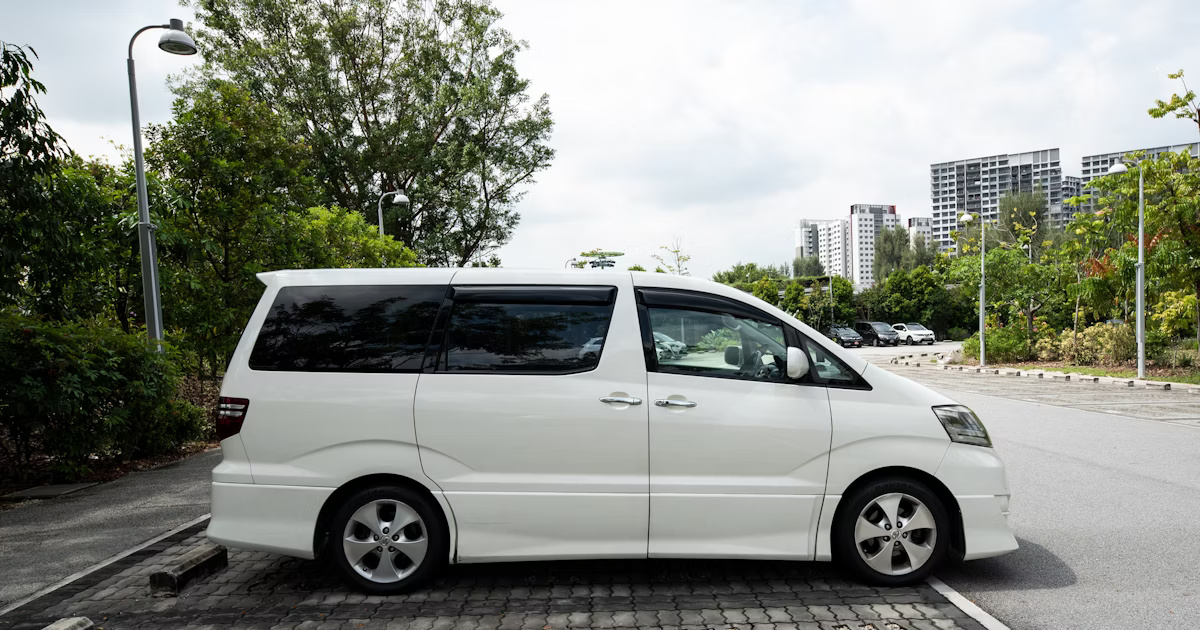
Train
- TAZARA Railway (Tanzania-Zambia Railway Authority):
The railway runs from Dar es Salaam to Kapiri Mposhi in Zambia. It is a key link for cargo and passenger travel, connecting with other regional railway networks in southern Africa.

Traveling to Tanzania is an adventure filled with safaris, majestic landscapes, and unique wildlife. Before embarking on your journey, it’s essential to understand the visa requirements for entering the country. This guide outlines the different types of visas, application methods, required documents, and costs, including details about the East Africa Visa.
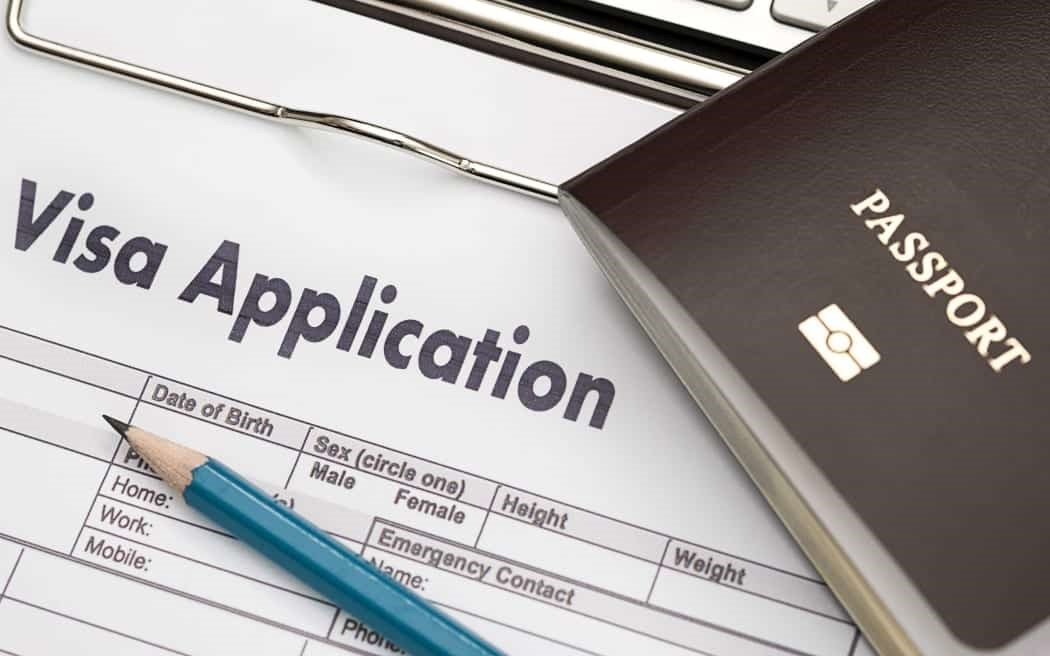
Types of Visas for Tanzania
- Ordinary (Single Entry) Visa: For travelers entering Tanzania for vacation, tourism, business, or family visits. It allows a stay of up to 90 days.
- Multiple Entry Visa: For frequent travelers to Tanzania, valid for up to 12 months. Each stay cannot exceed 90 days.
- Transit Visa: For travelers passing through Tanzania en route to another destination, valid for up to 7 days.
- Business Visa: For specific business purposes such as meetings, conferences, or trade. Valid for up to 90 days.
- Student Visa: For studying in Tanzania, ranging from short-term courses to university studies.
- East Africa Tourist Visa: A multi-country visa granting access to Tanzania, Kenya, and Uganda, valid for 90 days.
Visa Application Methods
a) Online Visa Application (E-Visa)
Tanzania’s e-visa system simplifies the process. Follow these steps:
- Visit the Tanzania e-Visa website: https://eservices.immigration.go.tz/visa.
- Fill in the application form with personal and travel details.
- Upload required documents, such as a scanned passport bio-data page, passport-sized photo, flight itinerary, and hotel booking.
- Pay the visa fee using a credit or debit card.
- Wait for approval (processing takes up to 10 working days).
- Receive your e-visa via email, print it, and present it at the port of entry.
Requirements:
- Passport valid for at least 6 months from the entry date.
- Digital passport-size photo.
- Travel itinerary or return ticket.
- Proof of accommodation (hotel bookings or invitation letters).
- Sufficient funds for your stay.
b) Visa on Arrival
If you didn’t apply for an e-Visa, you can get a visa on arrival at major entry points such as Julius Nyerere International Airport, Kilimanjaro International Airport, or Zanzibar International Airport.
Steps for Visa on Arrival:
- Complete the visa application form provided at the airport.
- Present required documents (passport, travel itinerary, proof of funds).
- Pay the visa fee in USD at the immigration counter.
- Receive your visa and enter Tanzania.
Requirements:
- Passport valid for at least 6 months.
- Sufficient funds for your stay.
- Return or onward flight ticket.
- Proof of accommodation (hotel bookings or invitation letters).
Visa Types and Costs
- Ordinary (Single Entry) Visa: $50 USD (valid up to 90 days).
- Multiple Entry Visa: $100 USD (valid for 12 months; each stay limited to 90 days).
- Transit Visa: $30 USD (valid up to 7 days).
- Business Visa: $250 USD (valid up to 90 days).
- Student Visa: Cost varies depending on course duration.
- East Africa Tourist Visa: $100 USD (valid for 90 days, covers Tanzania, Kenya, and Uganda).
Important Notes
- Processing Time: Online applications take 5-10 business days. On-arrival visas are processed immediately but may involve waiting times.
- Visa Extensions: Apply at the Immigration Office in Dar es Salaam or Zanzibar for an extension in 3-month increments.
- Vaccinations: A Yellow Fever vaccination is required if arriving from or transiting through a country with Yellow Fever risk. Keep your vaccination certificate handy.
East Africa Tourist Visa Explained
The East Africa Tourist Visa is ideal for travelers visiting Tanzania, Kenya, and Uganda. It allows seamless travel within these countries for up to 90 days.
Application Process:
- Apply at the embassy of any of the three countries or upon arrival in the first country you visit.
- The visa is non-renewable and valid only for tourism purposes.
Additional Tips
- Plan Ahead: E-visas are more convenient than visas on arrival.
- Have USD in Cash: Visa fees are often preferred in US dollars.
- Check Passport Validity: Ensure your passport is valid for at least 6 months from your entry date.
Mandatory Insurance for Zanzibar Travelers
Travelers to Zanzibar are required to purchase mandatory insurance, ensuring basic coverage during their stay and providing peace of mind in case of emergencies.
Insurance Requirements
- Cost: $44 per person, covering essential medical services and assistance.
- Coverage:
- Emergency medical expenses.
- Repatriation expenses.
- Personal accident coverage.
- Baggage coverage for theft, loss, or delays.
- Legal expenses.
- Personal liability for damages caused to third parties.
How to Obtain Insurance
- Apply Online Before Arrival:
- Visit the official website: https://visitzanzibar.go.tz.
- Fill out the form and make the payment online.
- Print the confirmation document and carry it with you.
- Apply on Arrival:
- Purchase insurance at designated points in the airport or offices in Zanzibar.
- Be prepared to pay in cash (preferably USD).
Important Tips
- Documentation: Always carry a copy of your insurance confirmation document.
- Check Coverage Details: Review the policy to understand inclusions and exclusions.
- Emergency Contacts: Familiarize yourself with local emergency numbers for quick assistance.
Tanzania, renowned for its breathtaking wildlife and diverse landscapes, offers an unmatched blend of safari adventures, cultural experiences, and pristine beaches. From the world-famous Serengeti and Ngorongoro Crater to the majestic Mount Kilimanjaro and idyllic Zanzibar shores, the best time to visit depends on your desired activities. June to October provides prime wildlife viewing during the dry season, including the iconic Great Migration, while the green season from November to May is ideal for bird enthusiasts and witnessing the wildebeest calving. Adventure seekers can climb Mount Kilimanjaro in the dry months or explore Zanzibar’s beaches for relaxation and water sports. Whether you seek thrilling safaris, serene cultural encounters, or natural wonders, Tanzania promises unforgettable experiences year-round.
SAFARI IN TANZANIA: BEST TIME TO VISIT
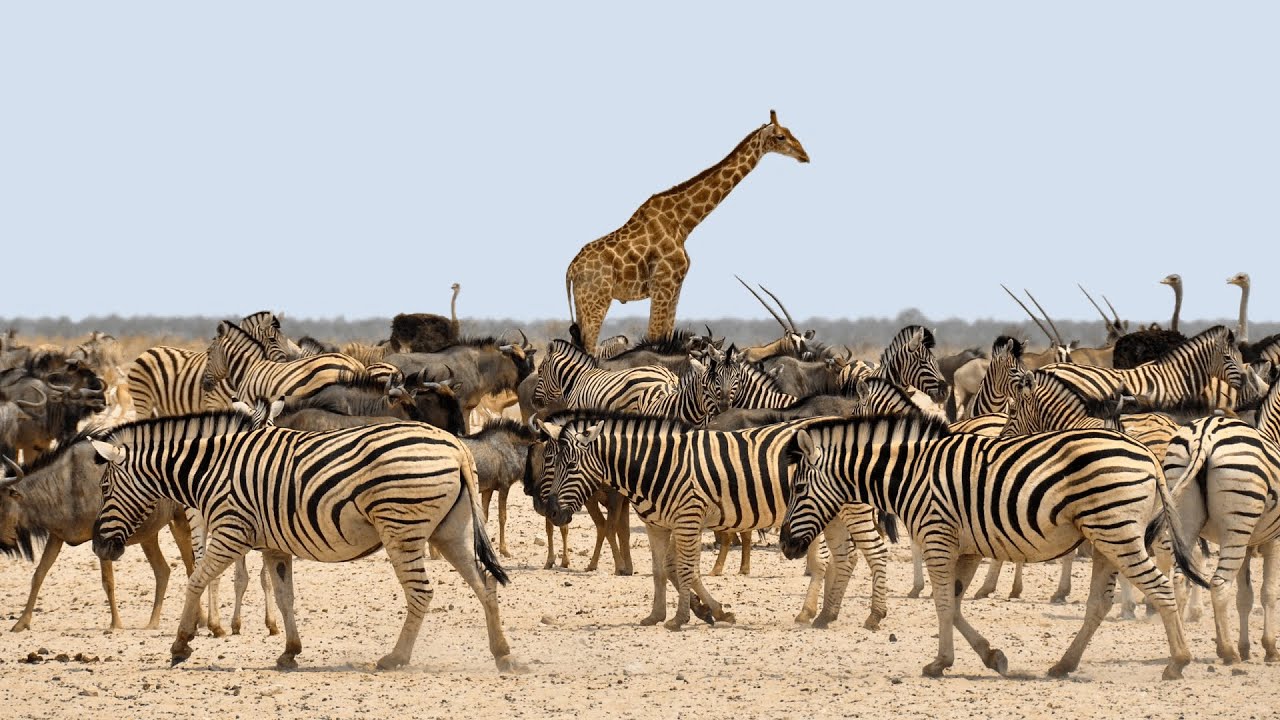
Tanzania’s safari destinations, including Serengeti, Ngorongoro Crater, Tarangire, and Lake Manyara, can be visited year-round, but certain seasons provide better opportunities to view wildlife and experience nature at its peak.
1: Dry Season: June to October
Best Time for Wildlife Viewing: The dry season (winter months) is the most popular time for safaris. During this period, vegetation is sparse, and water sources are scarce, forcing wildlife to congregate near rivers and waterholes, making them easier to spot.
Great Migration: One of the world’s most dramatic natural events, the migration of over 1.5 million wildebeest and hundreds of thousands of zebras and gazelles, occurs mainly between June and October. The best places to witness river crossings (especially the Mara River) are in the northern Serengeti.
Weather: Expect cool mornings and evenings, with clear, sunny skies. Temperatures range from 15°C to 28°C (59°F to 82°F), depending on the altitude.
Safari Highlights:
Serengeti (Great Migration)
Tarangire (elephants and birdlife)
Ngorongoro Crater (Big Five)
2: Wet Season: November to May
Green Season and Calving: The wet season, particularly from January to March, is often referred to as the “green season.” While there may be occasional showers, this is the best time to witness the calving season in the Southern Serengeti. Hundreds of thousands of wildebeest give birth, attracting predators like lions and cheetahs.
Fewer Crowds: During this time, parks are less crowded, and lodges often offer lower rates. This provides a more exclusive and serene safari experience.
Bird Watching: From November to April, migratory birds flock to Tanzania, making it a paradise for bird enthusiasts.
Rain Patterns: The rainy season is divided into two periods:
Short rains (November to December): These are brief, light showers that do not significantly impact travel or wildlife viewing.
Long rains (March to May): This is Tanzania’s low season, as heavier rains make some roads difficult to traverse, especially in remote areas. However, this is still an excellent time for bird watching and scenic photography.
Adventure Beyond Safaris: Best Time for Specific Activities
While safaris are a major draw, Tanzania offers an array of adventure activities for thrill-seekers and nature lovers.
Climbing Mount Kilimanjaro: Best Time – January to March & June to October
Mount Kilimanjaro, Africa’s highest peak, offers climbers a chance to challenge themselves in a unique and iconic setting.
The best times to climb are during the dry months of January to March and June to October, when the weather is more favorable, and the paths are less slippery. These months provide better visibility and comfortable temperatures during the ascent.
Beach Holidays on Zanzibar: Best Time – June to October & December to February
The stunning white sandy beaches of Zanzibar and other coastal areas of Tanzania are perfect for relaxation and water sports such as snorkeling, diving, and sailing.
The best time to enjoy Zanzibar’s pristine beaches is during the dry season, from June to October, and again from December to February. These periods offer clear skies and pleasant temperatures for sunbathing and water activities.
Visiting Lake Natron: Best Time – June to October
Lake Natron, known for its breathtaking scenery and flamingo populations, is best visited in the dry season. Hiking around the lake, visiting waterfalls, and witnessing the breeding of flamingos is an unforgettable adventure during this period.
Cultural Tours: Year-Round
Tanzania is rich in cultural experiences, from visiting the Maasai villages to engaging with the Hadzabe tribe in Lake Eyasi. These cultural encounters can be enjoyed year-round, but pairing them with a safari during the dry season offers a more seamless experience.
Choosing the Right Time Based on Your Preferences
Your decision on when to visit Tanzania depends on what kind of experience you want:
For the Best Safari Experience: Visit between June and October for guaranteed wildlife sightings and optimal weather conditions.
For Calving and Predator Action: January to March in the Southern Serengeti is the ideal time to witness newborn animals and predator-prey interactions.
For Budget Travelers and Bird Enthusiasts: November to May, especially during the green season, offers lower rates and excellent bird watching opportunities.
For Climbers and Beach Lovers: January to March or June to October offers the perfect blend of beach relaxation and mountain adventure.
Tanzania is a premier safari destination, offering unparalleled wildlife encounters in iconic locations like the Serengeti, Ngorongoro Crater, Tarangire, and Lake Manyara. Known for the Great Migration, Big Five sightings, and diverse ecosystems, the country provides year-round safari opportunities, with June to October being the best for wildlife viewing during the dry season, and January to March ideal for calving season in the Southern Serengeti. Tanzania’s safaris cater to all, from luxury seekers to adventure enthusiasts, promising breathtaking landscapes, rich biodiversity, and unforgettable experiences in the heart of Africa.
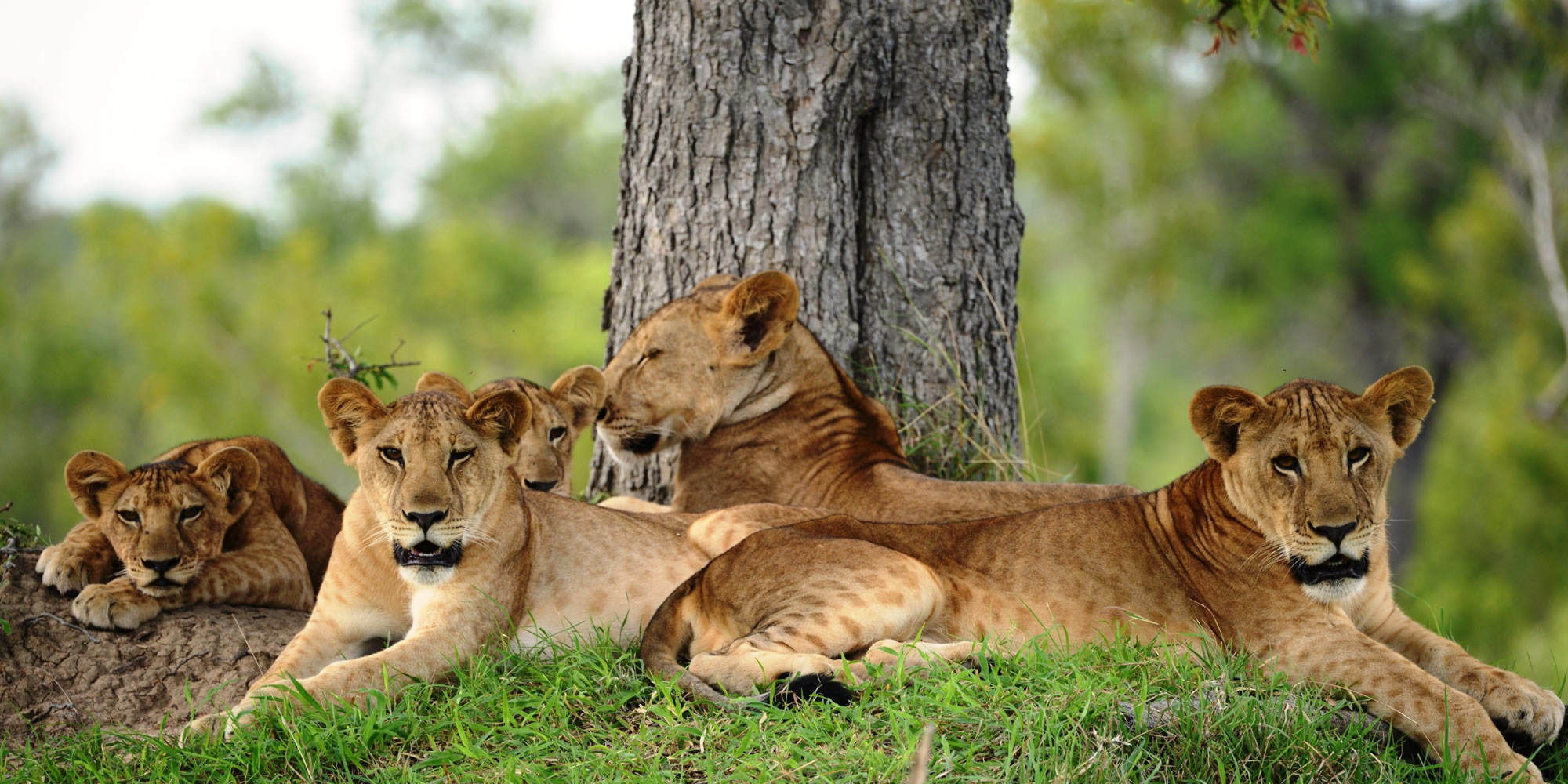
WHAT TO EXPECT ON SAFARI IN TANZANIA
Tanzania offers a variety of distinct safari experiences, with its different regions showcasing diverse landscapes, wildlife, and activities. Here’s a detailed overview of the safari circuits in Tanzania, providing insight into what you can expect in each:
1: Northern Circuit (Most Popular)
The Northern Circuit is Tanzania’s most visited safari region, known for its world-renowned parks and extraordinary wildlife encounters.
Key Parks:
Serengeti National Park: Famous for the Great Migration, where millions of wildebeest, zebras, and gazelles move across the plains in search of greener pastures. It’s an iconic location for witnessing predator-prey interactions.
Ngorongoro Crater: A UNESCO World Heritage Site, this massive volcanic caldera is home to the densest concentration of wildlife in Africa, including the Big Five (lion, elephant, buffalo, leopard, and rhino).
Tarangire National Park: Known for its huge herds of elephants and majestic baobab trees. The Tarangire River serves as a vital water source, attracting diverse species during the dry season.
Lake Manyara National Park: A birdwatcher’s paradise, famed for its tree-climbing lions and flamingo-filled alkaline lake.
Mount Kilimanjaro: While primarily a destination for climbers, Kilimanjaro offers scenic wildlife experiences at its lower altitudes, with sightings of elephants, buffalo, and various primates.
Mkomazi National Park: Situated near Mount Kilimanjaro, Mkomazi is a lesser-known gem offering the chance to see endangered black rhinos and African wild dogs in a remote, tranquil setting.
Highlights:
The Northern Circuit is perfect for those seeking iconic wildlife experiences and is ideal for first-time visitors to Africa.
Exceptional wildlife photography opportunities with the backdrop of open savannahs, volcanic craters, and towering mountains.
Cultural interactions with Maasai communities are often included in this circuit.
2: Southern Circuit
The Southern Circuit is known for its remote, wild, and less-crowded parks, providing an intimate and immersive safari experience.
Key Parks:
Selous Game Reserve (Nyerere National Park): One of the largest game reserves in Africa, Selous offers game drives, boat safaris on the Rufiji River, and walking safaris for a closer encounter with the wildlife.
Ruaha National Park: Tanzania’s largest national park, famous for its large herds of elephants, big cats, and stunning landscapes ranging from savannah plains to rocky escarpments.
Mikumi National Park: Often compared to the Serengeti due to its open plains, Mikumi is home to lions, giraffes, zebras, and wildebeest. It’s easily accessible from Dar es Salaam and offers a more relaxed safari experience.
Highlights:
The Southern Circuit is ideal for those looking to avoid crowds and explore vast, untouched wilderness.
Excellent opportunities for walking safaris, allowing you to experience wildlife and nature on foot.
Boat safaris on the Rufiji River in Selous offer a unique perspective, with sightings of hippos, crocodiles, and a variety of bird species.
3. Western Circuit
For the adventurous traveler, the Western Circuit offers some of Tanzania’s most unique and off-the-beaten-path safari experiences.
Key Parks:
- Gombe Stream National Park: Famous for its chimpanzee population, this park was made famous by Jane Goodall’s research. Visitors can trek through the forested hills to see chimpanzees in their natural habitat.
- Mahale Mountains National Park: Another chimpanzee hotspot, Mahale offers trekking adventures with the added beauty of its location on the shores of Lake Tanganyika.
- Katavi National Park: One of Tanzania’s most remote parks, Katavi provides an authentic, rugged safari experience. Wildlife here includes massive herds of buffalo, elephants, and prolific predators like lions and leopards.
Highlights:
- Chimpanzee trekking in Gombe and Mahale offers an extraordinary chance to observe our closest relatives in the wild.
- The Western Circuit is perfect for those seeking a true wilderness experience, far from the traditional tourist routes.
- Katavi’s remoteness makes it ideal for travelers looking for an off-the-grid safari, with pristine wilderness and excellent wildlife viewing.
Far far away, behind the word mountains, far from the countries Vokalia and Consonantia, there live the blind texts. Separated they live in Bookmarksgrove right at the coast
Accommodations in Tanzania Safaris
Selecting the perfect accommodation is key to creating a memorable safari experience in Tanzania.
Exploring all that Tanzania has to offer is a dream for many. From epic safari adventures spotting Africa’s Big Five in iconic parks like Serengeti and Ngorongoro Crater to relaxing on the paradise beaches of Zanzibar, Tanzania offers a perfect blend of adventure and relaxation. For a truly personalized experience, Tanzania Specialist creates custom Africa travel itineraries tailored to every detail, ensuring an unforgettable journey.
Starting From $1700 Pp
- Arusha, Tarangire, Manyara, Ngorongoro and Serengeti
Starting From $3484 Pp
- Tarangire NP, Lake Manyara NP, Ngorongoro Crater and Serengeti NP
Starting From $2010 Pp
- Dar Es Salaam - Zanzibar Tour and Nyerere/Selous National Park
Starting From $8000 Pp
- Nyerere NP, Serengeti NP, Mahale Forest and Gombe Stream NP
Starting From $4400 Pp
- Tarangire NP, Ngorongoro Crater and Serengeti NP
Starting From $3988 Pp
- Arusha, Speke’s Bay, Serengeti, Ngorongoro, Ndutu and Tarangire
Starting From $4400 Pp
- Nyerere NP, Mikumi NP, Udzungwa Mountain NP and Ruaha NP
Starting From $6698 Pp
- Arusha NP, Lake Manyara NP, Tarangire NP, Ngorongoro Crater and Serengeti NP
Starting From $2440 Pp
- Tarangire NP, Ngorongoro Crater and Serengeti NP
Starting From $820 Pp
- Serengeti NP and Ngorongoro Crater
Starting From $1700 Pp
- Arusha, Tarangire, Lake Manyara, Ngorongoro & Serengeti
Starting From $1367 Pp
- Tarangire NP, Ngorongoro Crater and Lake Manyara NP
Starting From $395 Pp
- Tarangire NP and Ngorongoro Crater
Zanzibar Beach & Safari Holiday offers a blend of tranquil beach relaxation and thrilling wildlife adventure, allowing travelers to witness majestic wildlife in their natural habitats and create lasting memories in breathtaking landscapes.
Rioba Safaris is a destination management company headquartered in Arusha with over 5 years of impeccable service and reputation. We organize epic safaris and hiking adventures in Tanzania’s vibrant heartland, where African adventure is most authentic.
Expert Guieds
Rioba Safaris offers an unforgettable safari experience with expert, and well-organised guides.
Best Vehicles
We use only new Land Cruisers produced in 2016-2023 and fitted with a fridge, Wi-Fi and sockets
Customized Itineraries
We provide customised itineraries to cater to the diverse interests and preferences of our clients.
Licensed Operator
Annually approved for tour operating activities by the Ministry of Natural Resources and Tourism
Smart Planning
Our team of qualified safari experts knows how to tailor your adventure to your individual travel style
Conservation Commitment
We are known for our commitment to environmental conservation and sustainable tourism practices.
Customer Satisfaction
Rioba Safaris prioritises customer satisfaction, ensuring every client has a memorable experience in Tanzania.
We are thrilled to announce that we’ve received the Travelers’ Choice Award 2024 from Tripadvisor!
Discover the Wilderness of Africa

Joseph Cosmas
- Travel Expert
Connect with our Travel Expert for personalized guidance and unforgettable experiences.






